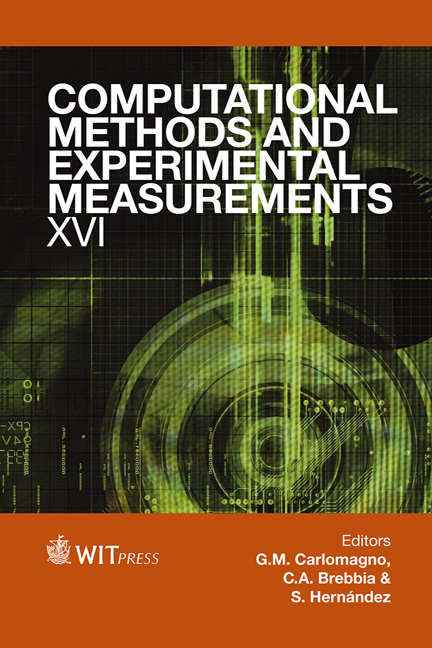Buckling Criteria For Vacuum Bottle Based On Finite Element Analysis
Price
Free (open access)
Transaction
Volume
55
Pages
11
Page Range
339 - 349
Published
2013
Size
1,144 kb
Paper DOI
10.2495/CMEM130281
Copyright
WIT Press
Author(s)
K. Natori, T. Kobayashi, S. Tatsuta, T. Tanaka & Y. Arao
Abstract
A bottle with a vacuum insulation structure is generally called a thermos bottle. It has a dual structure with inner and outer cylinders and a vacuum layer between them. The bottle with the structure maintains the heat and cold. It has been found useful for many years as a container that carries drinking water. Recently, the lightweight design of a vacuum bottle has been required to meet consumer demand. However, the bottle’s wall collapses during the process of drawing a vacuum if the stiffness of the cylinder is not enough. To construct the design guide that can prevent the collapse of a double-structured bottle induced by the pressure difference, a numerical simulation was performed. The critical thickness tc, which is the thickness of the bottle when the bottle starts to deform under 1 atm, was defined. tc depends on the length and diameter of the bottle. The index to determine tc from the length and diameter of the bottle was suggested. To evaluate the validity of the analysis, vacuum bottles were prepared and experiments were conducted. The index we suggested showed good agreement with the experimental results. The shift of index within the increase of Young’s modulus can be formulated. Keywords: light weight design, vacuum bottle, buckling, finite element method.
Keywords
Keywords: light weight design, vacuum bottle, buckling, finite element method.





